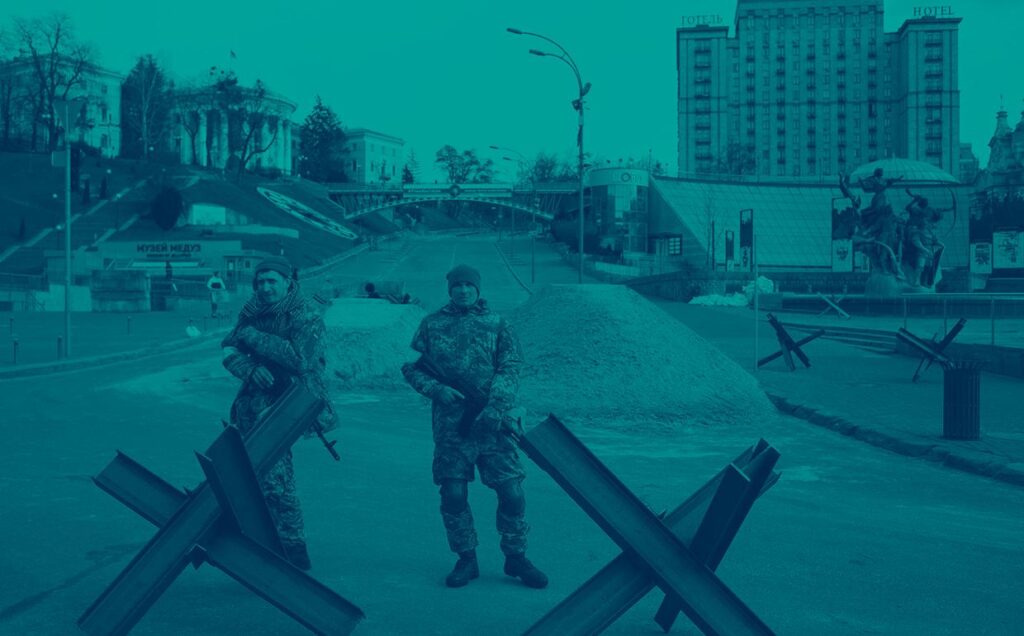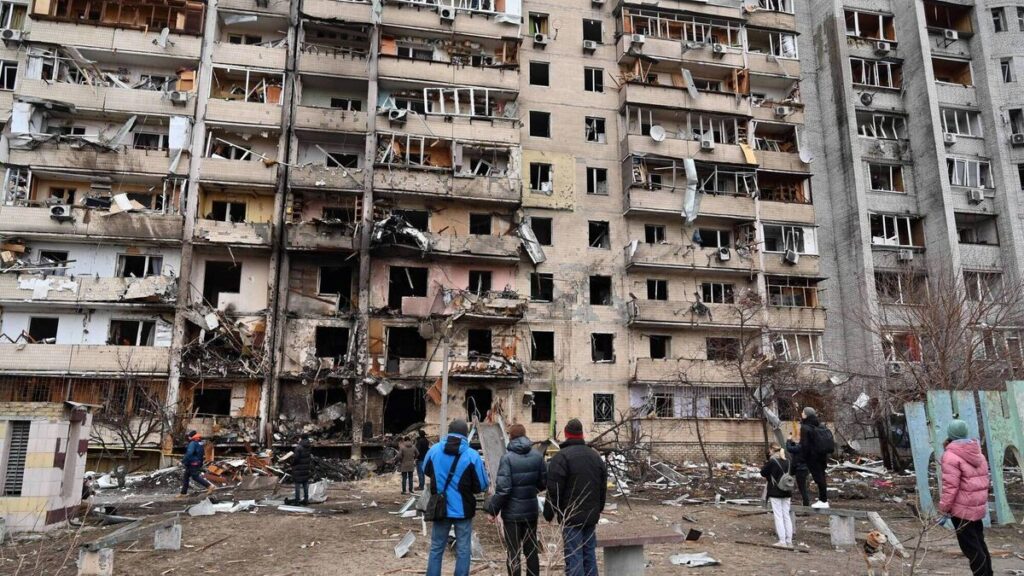On February 24, 2022, the world awoke to scenes not witnessed on European soil since the horrors of World War II. Russian tanks rolled into Ukraine from multiple directions. Missiles rained down on Kyiv. Civilians fled their homes, triggering the largest refugee crisis in Europe in decades. The event marked not the beginning, but the full-scale escalation of a war that had been simmering since 2014 — and it raised one haunting question: How could such a war happen in twenty-first-century Europe?
By In Depth Reports team

The Road to War – From Crimea to Kyiv
The origins of this war date back to 2014, when Russia illegally annexed Crimea following the pro-European Maidan Revolution in Ukraine. Vladimir Putin portrayed the annexation as a defense of ethnic Russians and Russian-speaking Ukrainians. But critics saw it as the first step in reviving imperial ambitions.
For eight years, eastern Ukraine became a frozen battlefield. Pro-Russian separatists, backed by Moscow, waged a low-intensity war in Donetsk and Luhansk, killing over 13,000 people. The West imposed sanctions, NATO issued warnings, but little was done to stop Russia’s gradual erosion of Ukrainian sovereignty.
Putin’s rhetoric grew more aggressive. He repeatedly claimed that Ukraine was not a “real country,” dismissing its independence as a historical error. By late 2021, satellite images showed a worrying build-up of Russian troops near the border. Diplomacy failed. Then, in the early hours of February 24, 2022, Putin declared a “special military operation” — launching Europe into its deadliest conflict in nearly 80 years.
Alexander Baunov, Senior Fellow at the Carnegie Russia Eurasia Center (formerly Chatham House): “Putin didn’t just misread Ukraine — he misread the entire West. He expected weakness and got resistance.”

Why Putin Chose War
Several strategic and ideological motives underpinned Putin’s decision to escalate:
- NATO Expansion: Despite years of warnings from Moscow, Ukraine’s increasing closeness to the West — particularly NATO — was perceived as a red line. Putin saw NATO’s eastward creep as a direct threat to Russian national security.
- Imperial Nostalgia: Putin has consistently framed the dissolution of the Soviet Union as a “geopolitical catastrophe.” Many analysts believe he seeks to restore a sphere of influence over former Soviet states — beginning with Ukraine, whose cultural and historical ties to Russia are often exaggerated in Kremlin narratives.
- Internal Pressures: Facing growing domestic dissent, economic stagnation, and a pandemic-battered economy, the Kremlin may have used war to distract and consolidate internal control — a classic authoritarian tactic.
- Underestimation of the West: Russian elites believed the West would remain divided and reluctant to act. They miscalculated the unity and strength of Western sanctions and military support to Ukraine.
The War Unfolds
Russia’s blitzkrieg was intended to topple Kyiv in a matter of days. But the Ukrainian military, backed by widespread civilian resistance and Western arms, defied expectations. President Volodymyr Zelenskyy, once a comedian, emerged as a wartime leader of global stature.
By mid-2022, the war had morphed into a grinding, attritional conflict. Cities like Mariupol were razed. Atrocities in Bucha and Irpin shocked the conscience of the world. NATO allies responded by supplying Ukraine with advanced weaponry, including HIMARS and Leopard tanks.
By 2023, Ukraine had launched counter-offensives in the south and east, regaining swathes of territory. But progress was slow, and the human toll devastating.
As of mid-2025, the front lines remain largely frozen. Millions remain displaced. Tens of thousands are dead. The war continues, its end uncertain.
Anne Applebaum, Journalist and Historian at The Atlantic: “This is not just a war about territory. It’s about ideas — whether autocrats can redraw borders by force in the 21st century.”
Consequences and Global Ripples
For Ukraine:
Ukraine has paid the highest price. Its infrastructure has been decimated, its economy shattered, and entire cities reduced to rubble. But the war has also galvanized a powerful sense of national identity. A country once divided by language and politics is now unified in defiance. The war may prove to be the crucible of a new Ukrainian state.
For Russia:
The Kremlin’s gamble has backfired. Russia is more isolated than at any time since the Cold War. Sanctions have crippled key sectors. A new Iron Curtain — economic and political — has descended. Domestic dissent is growing, and the military has suffered staggering losses.
For the West:
The invasion has reshaped European security. NATO has expanded, with Finland and Sweden joining the alliance. The war has reignited debates about energy dependence, defense spending, and the fragility of liberal democracies in the face of autocratic aggression.
For the Global South:
The war has deepened global inequalities. Grain shortages from Ukraine triggered food crises in Africa and the Middle East. Rising energy prices hurt developing economies. Yet, many countries in the Global South refused to align with either side, revealing a shifting, multipolar world order.
A War That Changed the World
The war in Ukraine is more than a territorial dispute. It is a clash of worldviews: between authoritarianism and democracy, revisionism and sovereignty. Its impact will echo for decades — in geopolitics, in military doctrines, in global alliances.
Whether the war ends through victory, negotiation, or exhaustion, one truth is clear: the post-Cold War illusion of peace in Europe is over. History has returned — with tanks, trenches, and trauma.